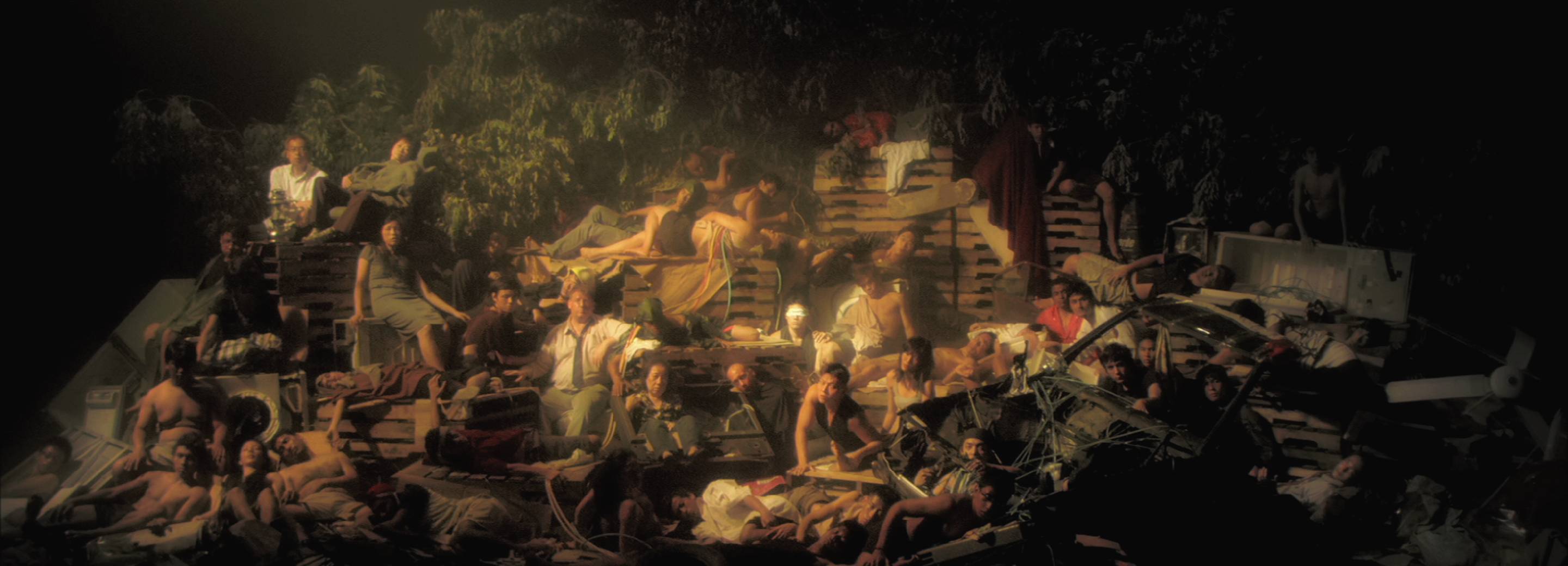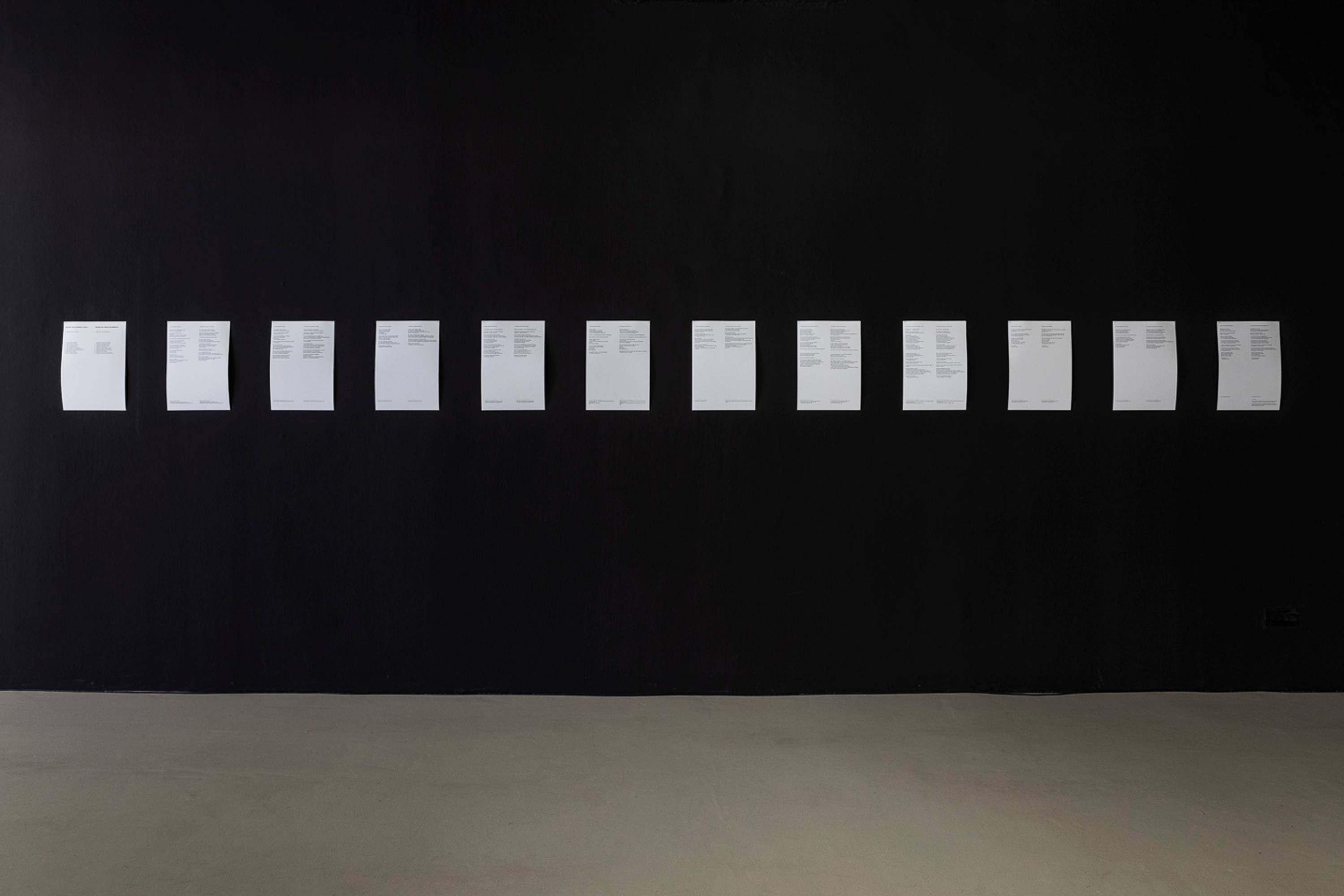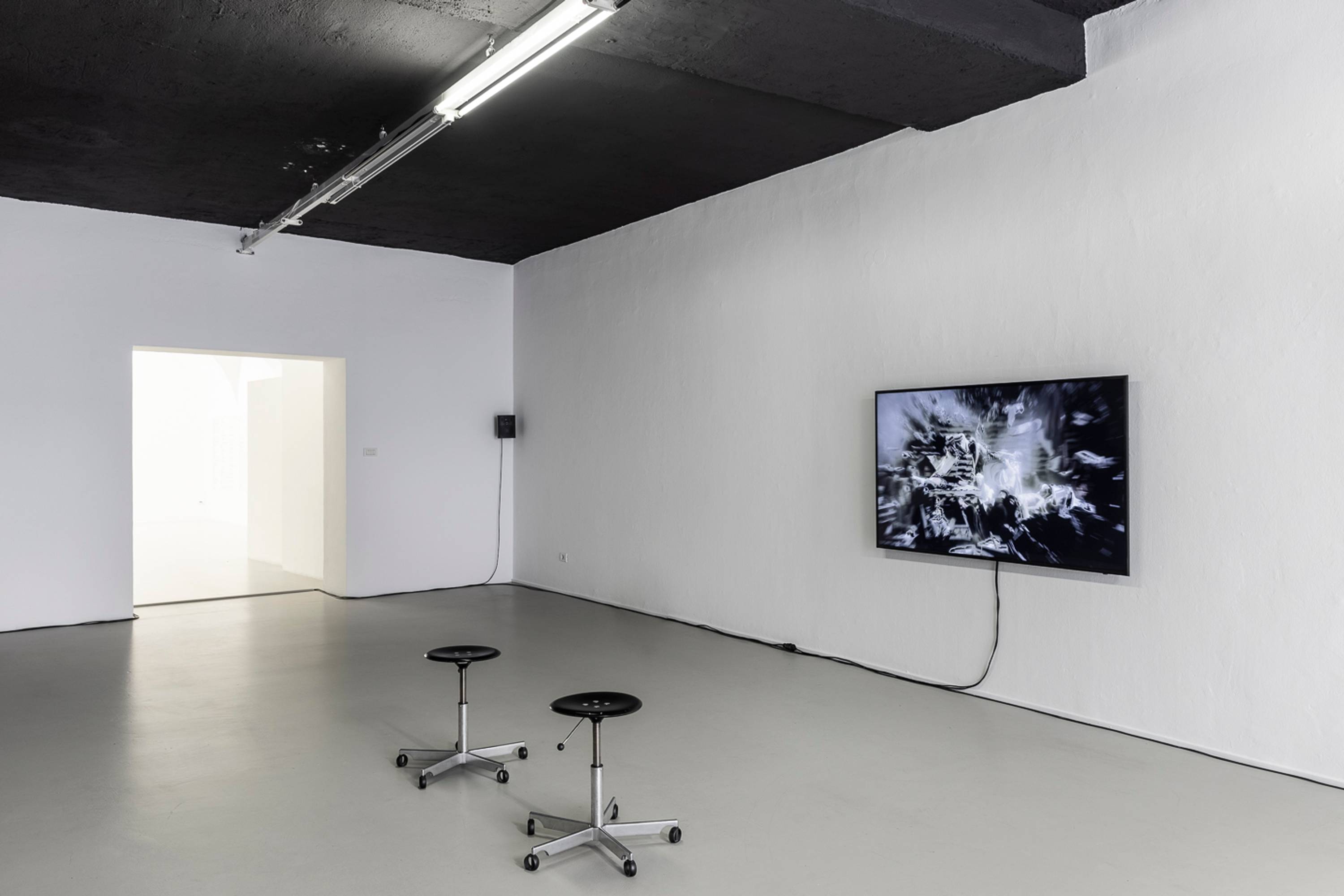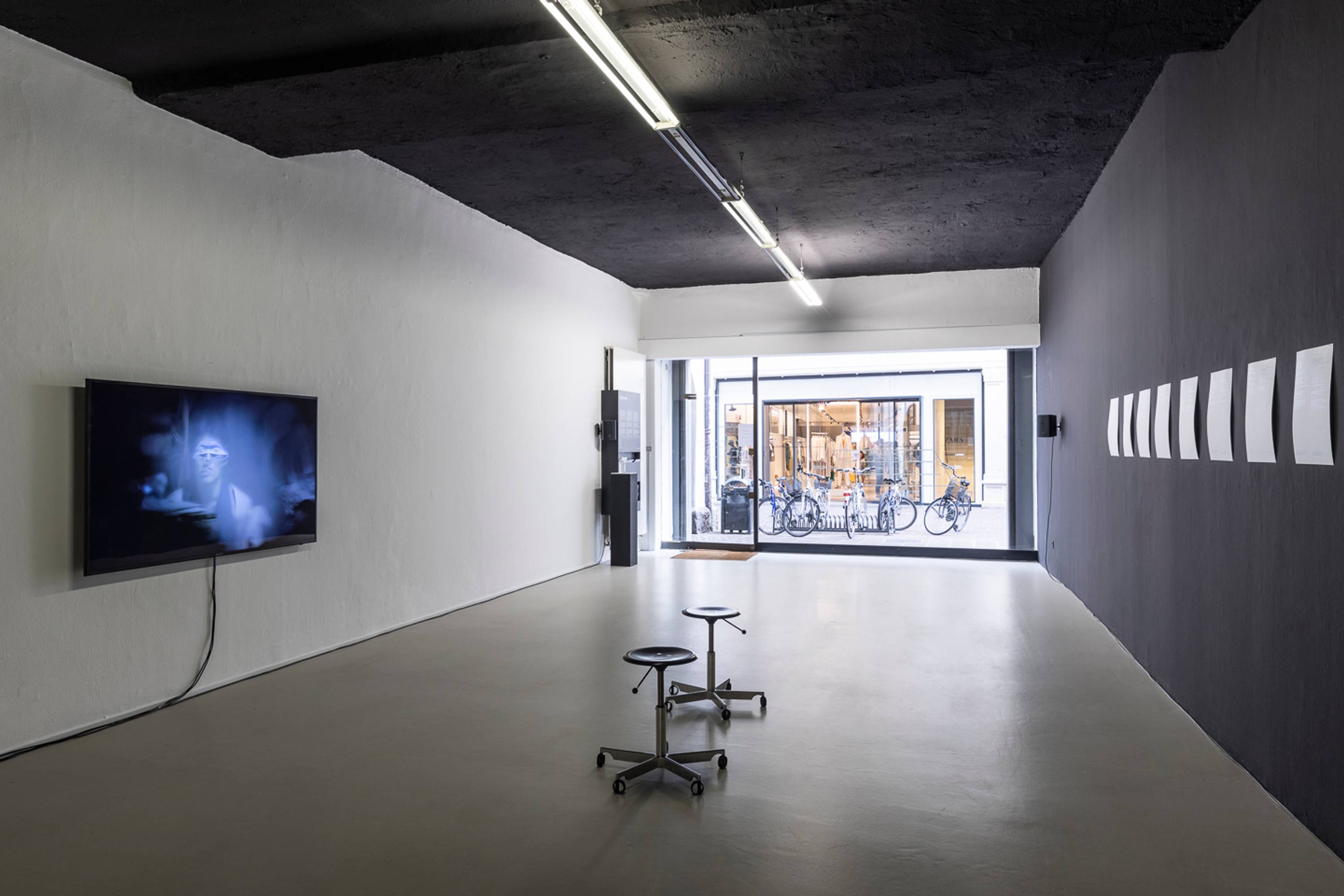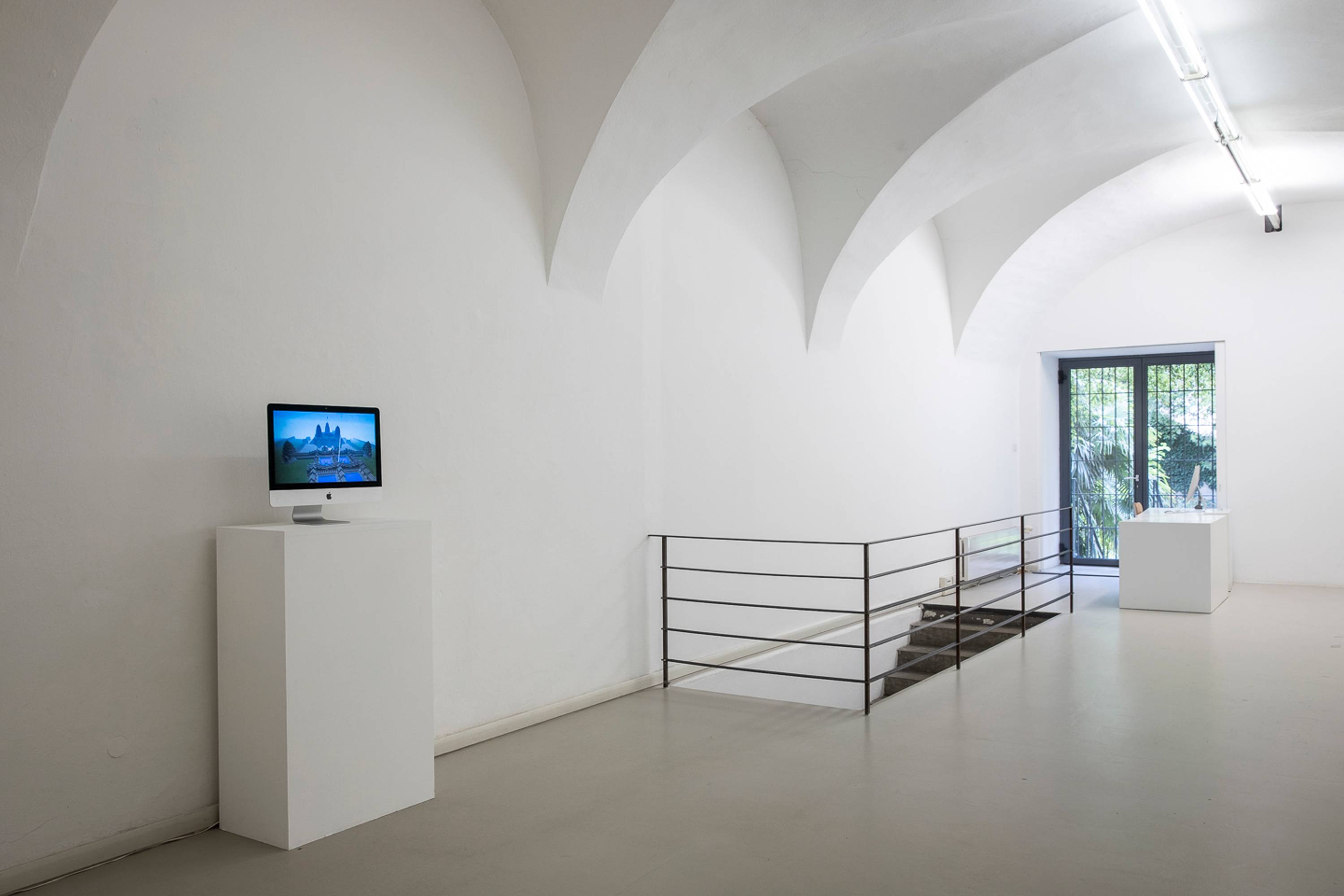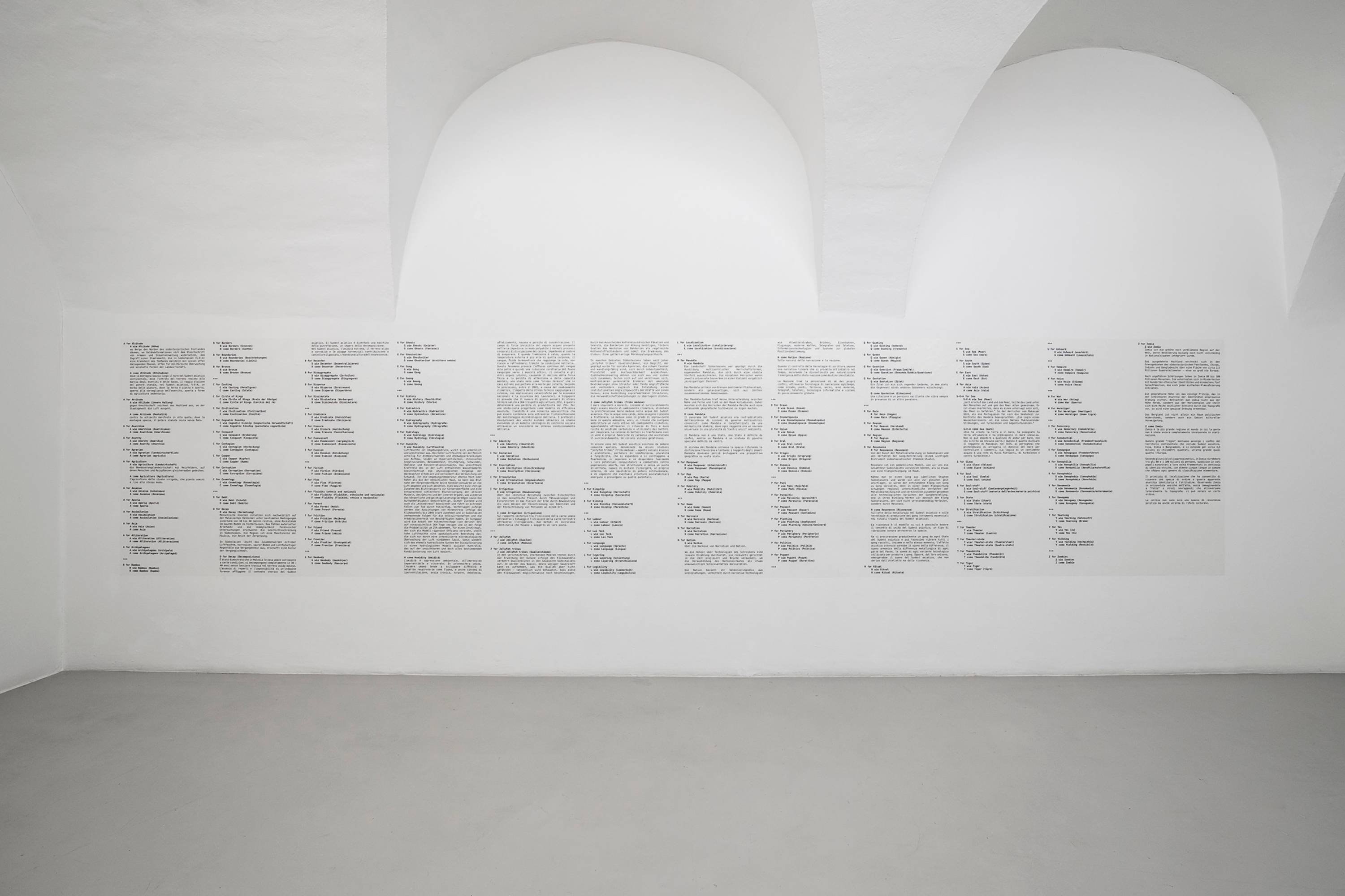R FOR RESONANCE
HO TZU NYEN
(EXTENDED)
Curated by Emanuele Guidi
Reopening on 26 May with ‘EARTH’ by Ho Tzu Nyen and ‘Manifesto of Urban Cannibalism’
We are pleased to announce the reopening of ar/ge kunst with ‘R for Resonance’ by artist Ho Tzu Nyen, which will be extended until 25 July.
The exhibition retains its title but inevitably changes its form to welcome visitors: the video ‘EARTH’ (2009) by Ho Tzu Nyen takes the place of the previously presented VR experience ‘R for Resonance’, transforming its installation and adapting organically to its audio-technical equipment.
‘EARTH’ is a tableau vivant in the form of film that reassembles classical paintings of the European tradition (Caravaggio’s ‘The Incredulity of Saint Thomas’, Girodet’s ‘The Sleep of Endymion’ and Gericault’s ‘Raft of the Medusa’) and presents a dystopian scene populated by the exhausted bodies of humans, animals and machines. Produced in the aftermath of the 2008 financial crisis, ‘EARTH’ is an image ‘in motion’ that feeds on the categories of east and west, nature and culture, goes beyond them and again presents a deeply critical vision of the unsustainability and imbalances induced by the current system of global production.
The soundtrack to ‘EARTH’ was composed by the Black To Comm and is made up of audio fragments taken from old records and films from near and far. Freed from the body of their original hosts, these found fragments populate the crumbling world of ‘EARTH’ like ghosts.
The ‘Manifesto of Urban Cannibalism’ by Wietske Maas and Matteo Pasquinelli (2012) is presented in parallel and independently of ‘EARTH’, though it resonates with it in its dense and evocative style and its wealth of visual and literary references. Articulated in eleven stanzas, the Manifesto explores the deeper metabolisms of the city, tracing the origin of late capitalism to the colonial age (when ‘Europe was beginning to devour, to digest the world’) and to times of pandemics when pathogens contributed to the shape of urban topographies.
The Manifesto has been translated into German and Italian for the first time here and is presented as a series of posters.
PDF → Manifesto of Urban Cannibalism
With the kind support of:
Provincia Autonoma di Bolzano, Ripartizione Cultura
Fondazione Cassa di Risparmio
Comune di Bolzano, Ripartizione Cultura
Dr Schär
